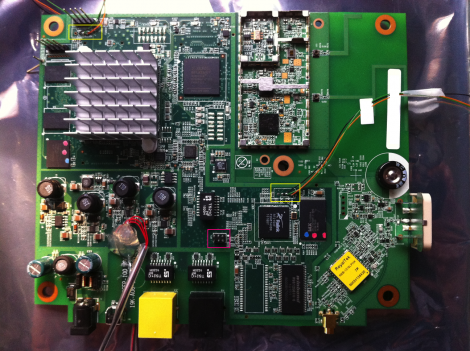
This little device is a prototype cellphone based on the ATmega128 microcontroller (translated). It boasts a 2.4″ touchscreen display which serves as the keypad, and uses the SIM100S module which takes care of the GSM radio communications. But the hardware isn’t the only attractive part. Judging from the screen shots a fair amount of time went into building the user interface too.
We seem to have a bounty of cellphone builds recently. This one is quite clean, and boasts a smaller footprint, and larger screen than this barebones example. There is a white paper available if you’re interested in digging a little deeper than the overview post. But it’s written in Czech and we didn’t see a way to provide a machine translation other than copying the text from the PDF file and pasting it into a translator.










Recent Comments